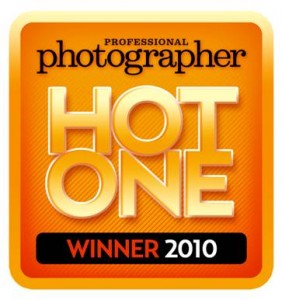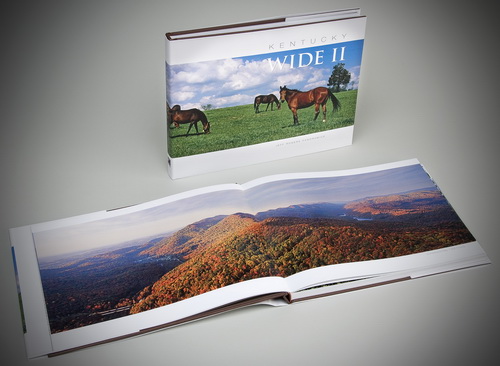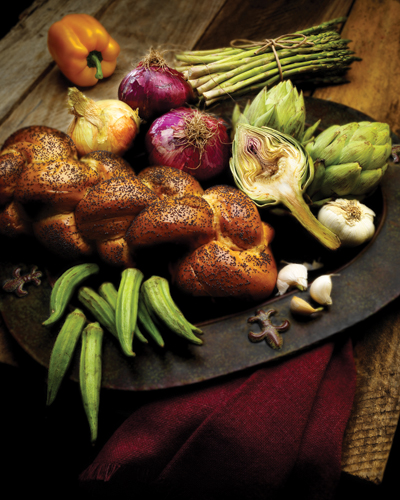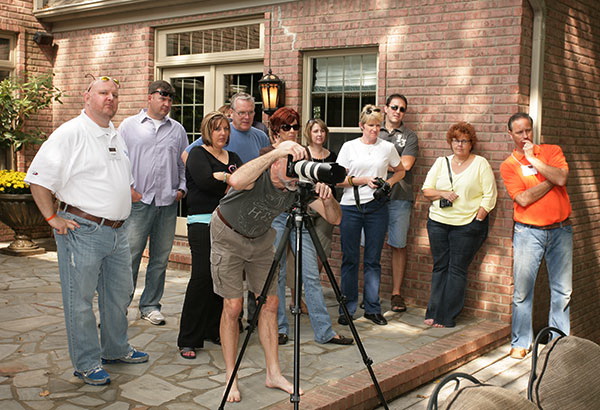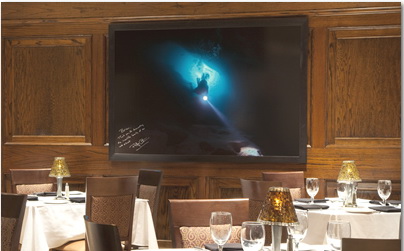At LexJet, we enjoy learning about the many creative ways experienced portrait photographers are continuing to distinguish themselves from others.
For example, families who want heirloom-quality fine-art portraits and paintings that will withstand the test of time should check out the artistry of Sam Gray. Working from his home/studio on a six-acre heavily wooded site in Raleigh, NC, he specializes in producing wall-size portraits that will blend with any décor. Although he does incorporate fun and trendy images in his shoots, his primary goal is to produce timeless, classic portraits that families can proudly display for generations.
Clients can buy either a hand-painted or photographic portrait, a digitally painted photograph, or a mixed-media portrait in which the surface of the print is embellished with brush strokes, chalks, or pastels. As a painter and photographer, Gray sells his work at a range of price points. As he points out: “You never know what each client will want. Everyone has different tastes and budgets.”
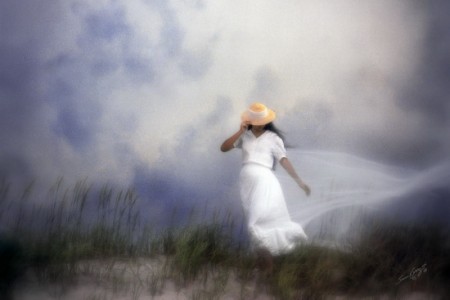
Because his work is so distinctive, Gray has built a loyal base of customers that includes upscale clients from all over the Carolinas and beyond. Sam Gray Portraits have appeared in numerous magazines ranging from Veranda, Victoria, Southern Accents, Southern Living and North Carolina Design to the North Carolina Medical Journal. Exhibitions of his work have been displayed in several malls and the Raleigh-Durham International Airport. His website gets hits from 101 countries.
He has devoted four decades of his life to photography, successfully transitioning from film to digital photography in the late ‘90s. As more and more of his upscale clients started buying the same type of digital cameras that he uses, he realized he needed to take the aesthetic qualities of his work to new heights.
The creative and artistic side of the profession had always appealed to him, so he decided to pursue his passion for art: “I visited art galleries and museums, collected art books, and attended art seminars and workshops.” Some seminars were taught by digital artists such as Helen Yancey, Janet Conner-Ziser, and Jeremy Sutton; others were taught by traditional painters.
He was inspired by studying the works of Monet, Manet, Renoir, Sargent, Pissaro, Seurat, Sisley, van Gogh, Degas, Cassatt, Pino, and Royo. He examined the brushwork, style, and mood of their masterpieces to find elements he could apply to his own artistic endeavors. Now, when he’s not capturing portraits, he’s creating a collection of original paintings that he sells through galleries in addition to the one in his studio.

Like many of LexJet’s customers, Sam Gray understands the quality-control advantages of being able to print his images himself. To produce prints that will last for generations, his uses a 17-in. Epson Stylus Pro 4800 printer and 44-in. Epson 9800 printer with UltraChrome K3 inks.
Gray prints most of his wall portraits on LexJet Sunset Select Canvas. But for some projects, he uses Sunset Cold Press Textured fine-art paper, as well as papers from Epson, Innova, and Hahnemuhle.
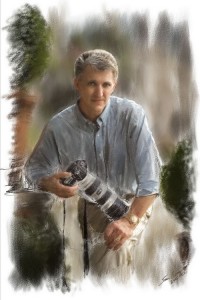
“I’ve learned so much more by printing my portraits myself. Working with colors has also made me a better artist,” Gray says.
Another way Gray distinguishes himself is by winning high marks in print competitions. After he took an 11-year hiatus and focused on acquired new art skills, he was awarded the PPA Photographer of the Year, Diamond level in 2008 and 2009. This year, three of the four prints he entered into competition were accepted into the PPA’s prestigious Loan Collection, which earned him the Photographer of the Year, Platinum level. In 2009, Sam Gray became a Fellow in the American Society of Photographers (ASP).
In his application thesis, he recounted the many challenges he has overcome during his 40 years in the business. Because of the wonderful places he visits and people he meets, Gray says he is as excited about photography today as he was 40 years ago: “I cannot imagine a more rewarding pursuit.”
To see more of his exceptionally beautiful work go to www.samgrayportraits.com.
Sam Gray was also featured in the Artist Spotlight section of LexJet’s In Focus newsletter.

